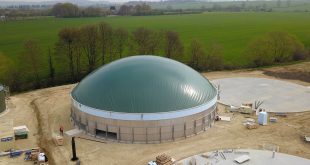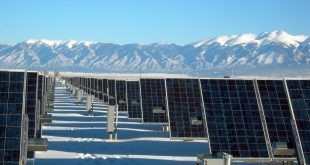The roots of the word geothermal itself traces back to the two Greek words, “geo” and “therme.” Both these words signify “earth” and “heat” respectively thereby describing what this form of energy is all about. In a few words this form of energy is what is emitted as heat from the deep underground section of the globe. Chemical reactions in the earth’s core create enormous quantities of heat from as much as 4000 miles down into the Earth. At this core, the temperature can be anywhere as much as nine thousand degrees Fahrenheit. Energy production can be facilitated through this extreme heat.
It is impossible to directly tap into the core of the Earth to get this energy. Hence, people must have systems which can help them capture and use the residual heat present in the molten rock or magma under the crust of the Earth. The heat can actually be used by tapping and penetrating into reservoirs present in the magma and those which hold water. The aforementioned water stores alone can have temperatures of up to seven hundred degrees Fahrenheit.
The water which is present in the Earth’s magma is in a superheated form. To reach inside, a well can be drilled into the geothermal reservoir. After having tapped into the geothermal reservoirs, the heated steam and water can actually come up on to the Earth’s surface and the geothermal energy can be used in the power of plants and in projects which are of a smaller scale such as for households. Electricity is harnessed via the steam from the boiling underground water; this is used to provide power to turbines which then generate the energy needed for electricity.
Using the Earth’s water and heat can help create energy which can be used both on a large or small scale. As the Earth’s heat cannot be depleted, this form of energy is undoubtedly one from a renewable source and is much cleaner, safer and more environmentally friendly when compared to others.
 Alternative Energy HQ solar power for homes, wind energy, and bio fuel issues
Alternative Energy HQ solar power for homes, wind energy, and bio fuel issues








